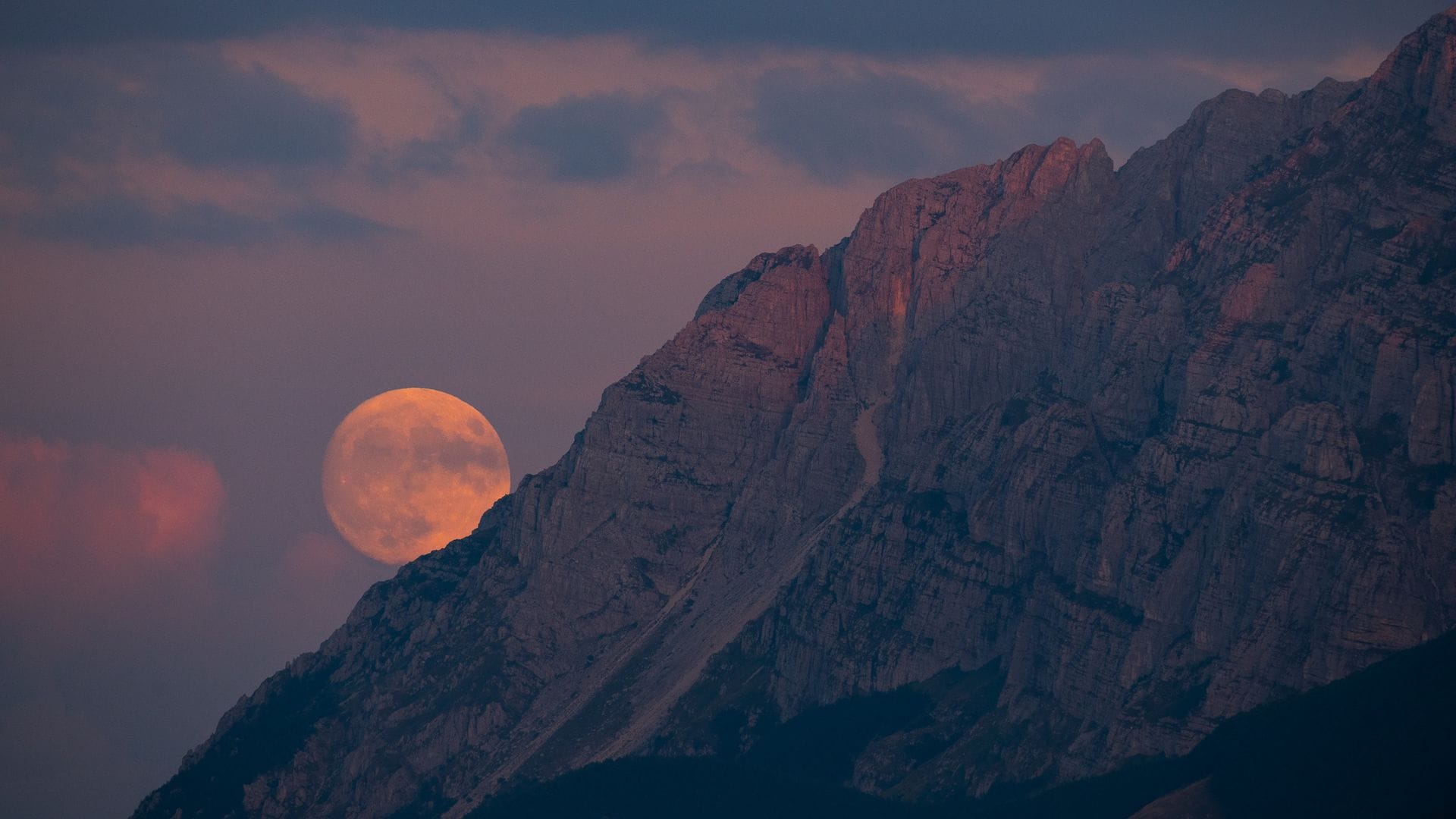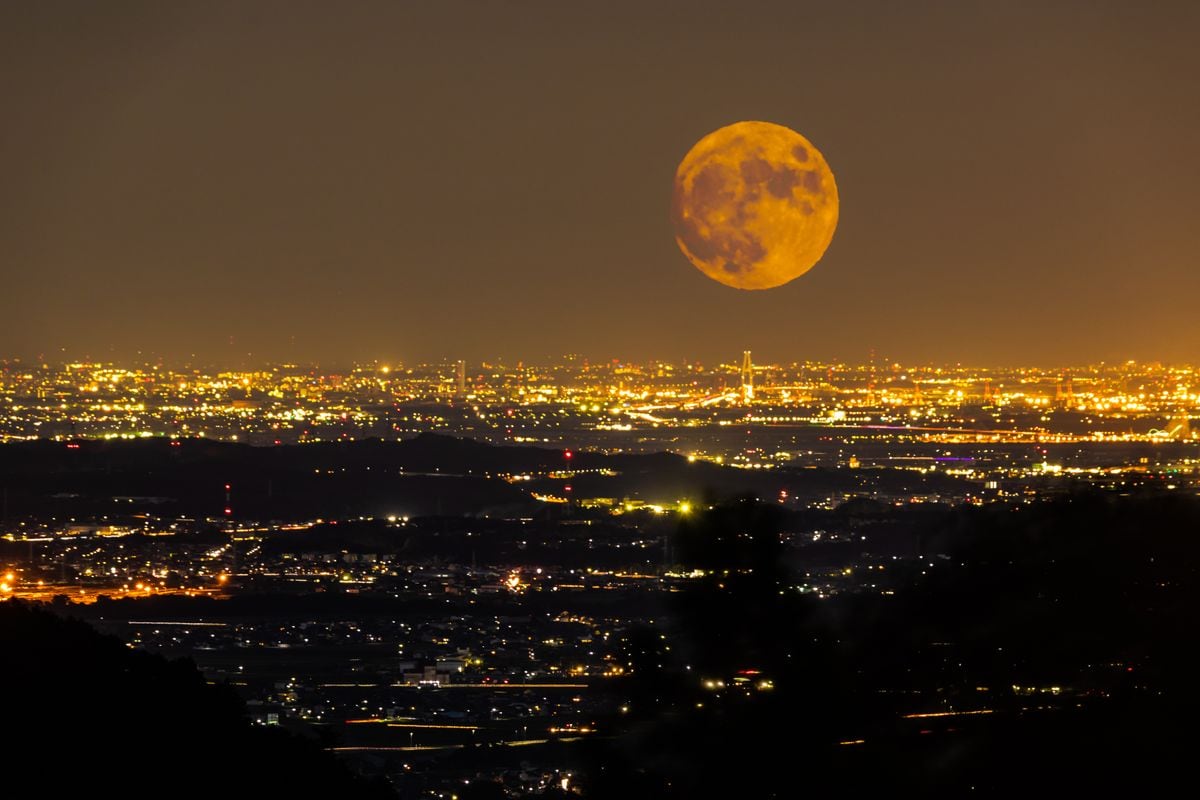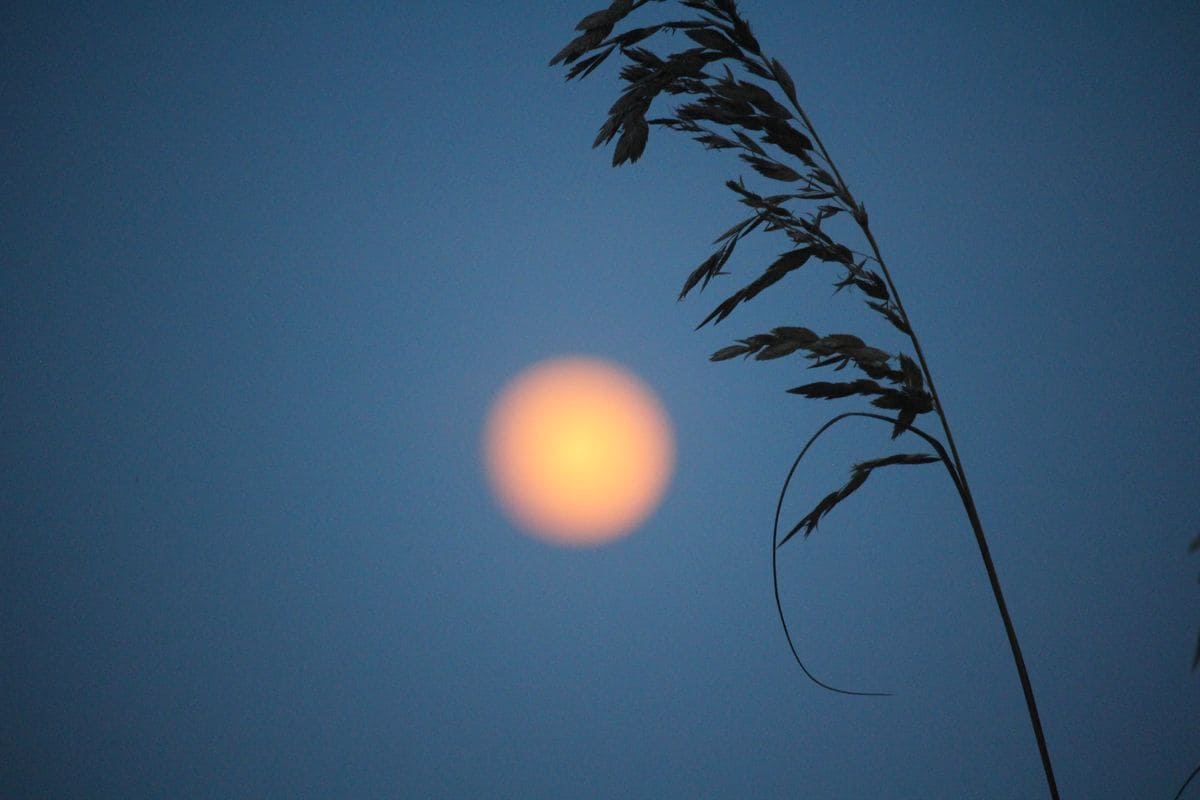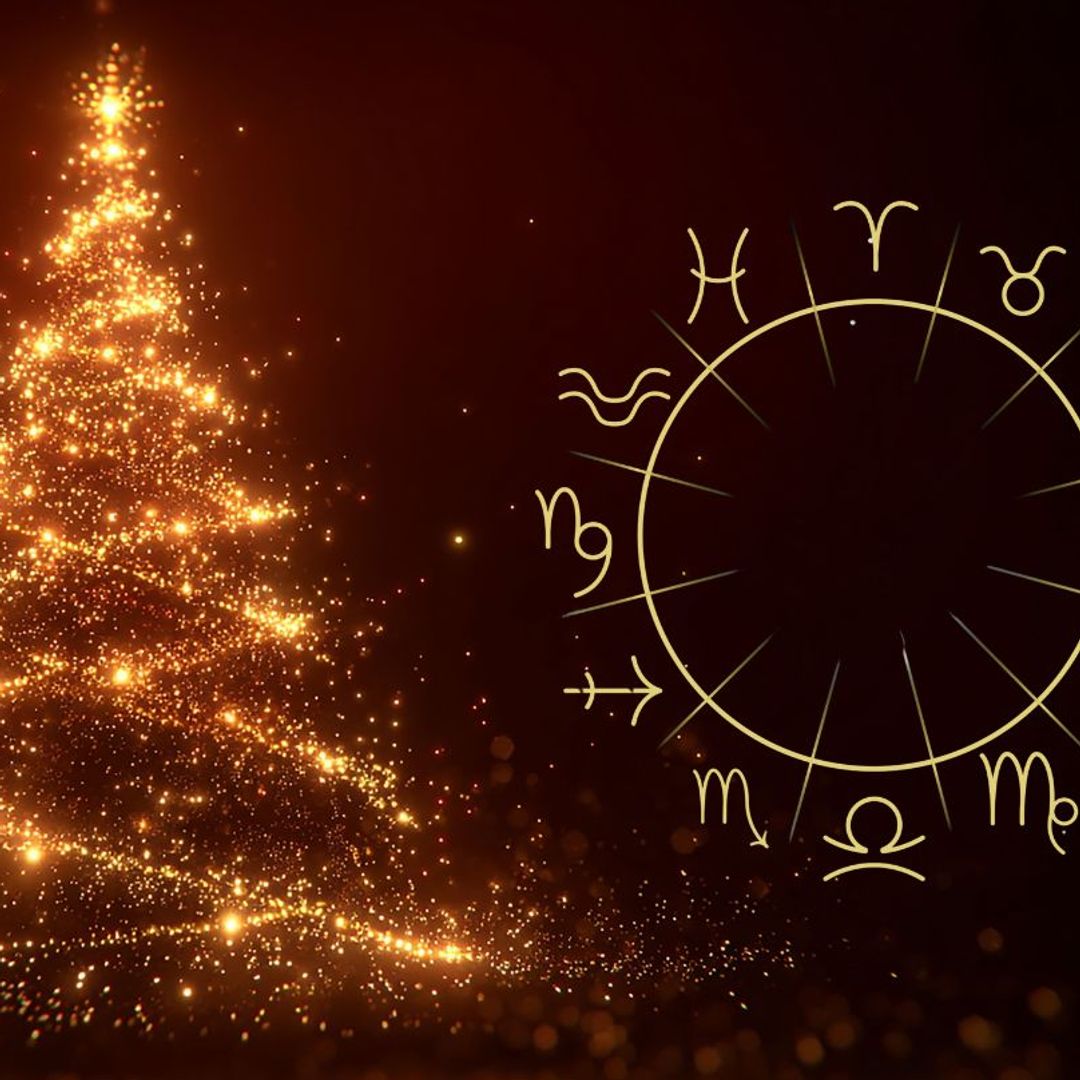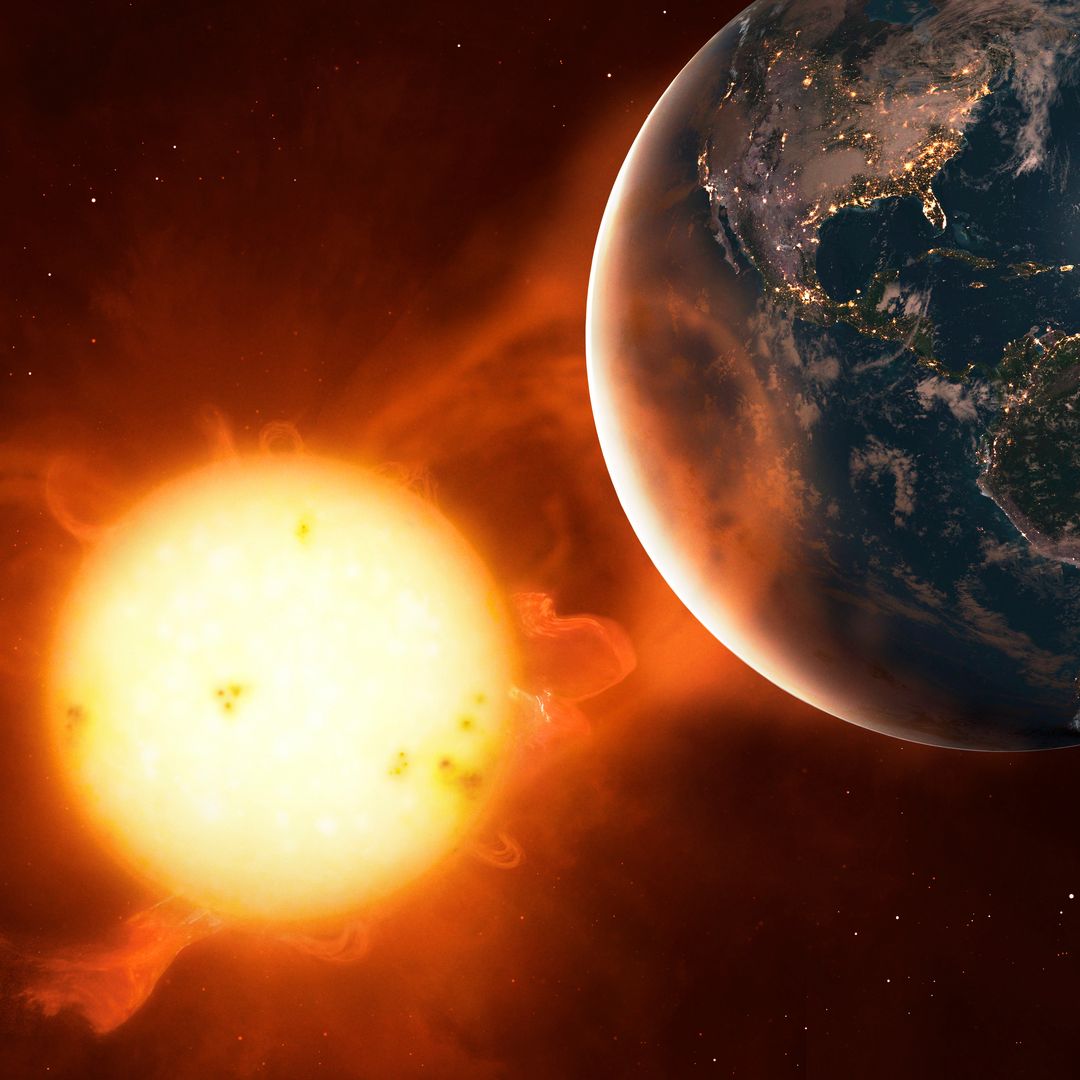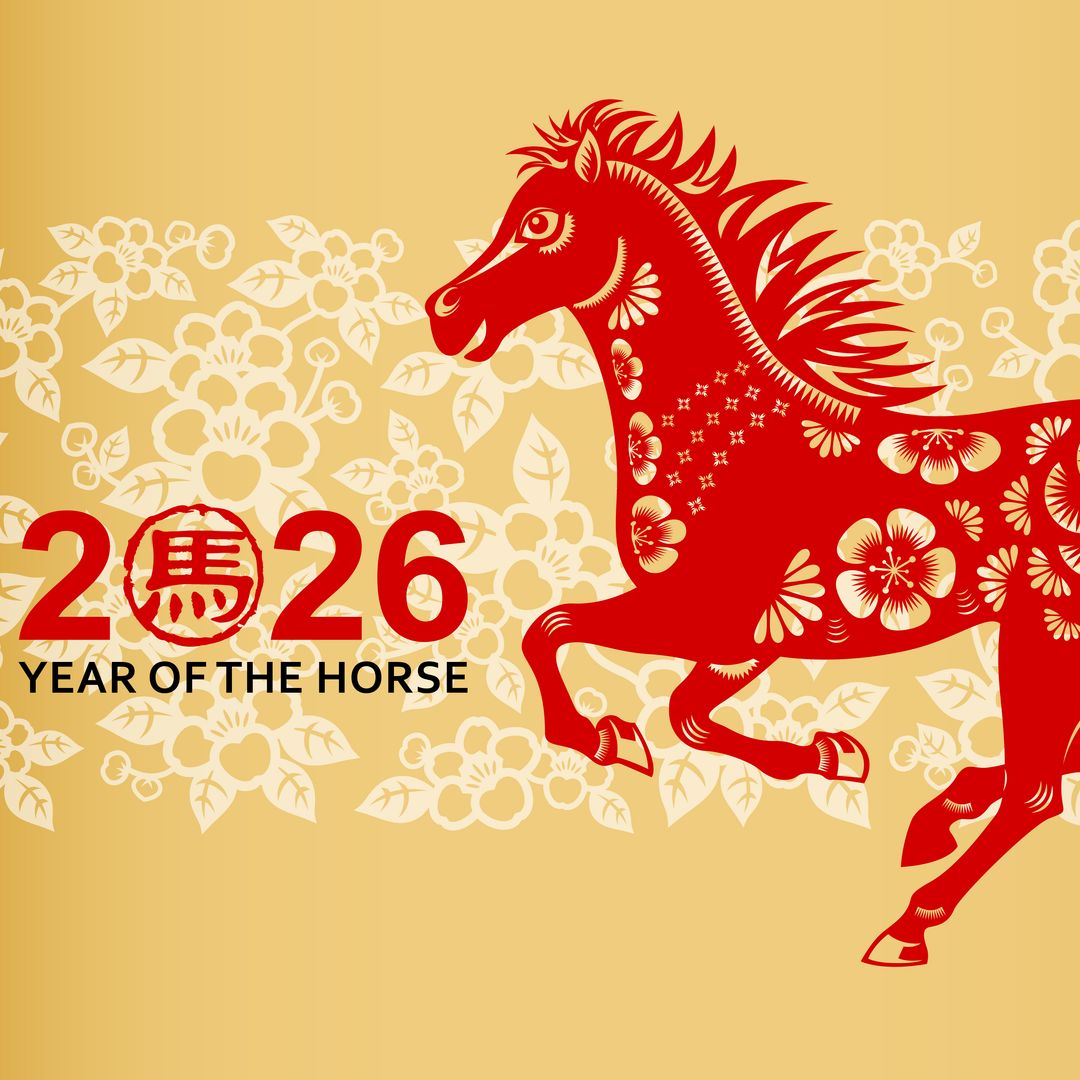The Full Sturgeon Moon is set to light up the night sky in early August, offering stargazers a radiant summer display steeped in seasonal tradition. Named by Indigenous tribes for the abundance of sturgeon fish once caught this time of year, this full moon marks one of the brightest and most atmospheric lunar events of the season. Here's everything you need to know about when to catch it, what it means, and how best to view it.
What are the moon phases for August 2025?
- The First Quarter is on August 1 at 8.41 am (EST)
- The Full Moon takes place on August 9 at 3.55 am (EST)
- The Last Quarter will happen on August 16 at 1.12 am (EST)
- The New Moon rises on August 23 at 2.06 am (EST)
- The First Quarter begins again on August 31 at 2.25 am (EST)
When will the August 2025 full moon be visible?
According to Almanac.com, the breathtaking full moon will reach its peak on August 9th, and it will dazzle the skies at 3.55 am (EST)
People can also see the full moon on the evening of Friday, August 8.
Why is it called The Sturgeon Moon?
Full August moons are traditionally named after sturgeons because the Algonquin tribes and early settler records note that the fish were frequently caught in the giant freshwater lake sturgeon of the Great Lakes and Lake Champlain during August.
What are sturgeons?
Sturgeons is the name for the 27 species of fish that belong to the Acipenseridae family. They are primitive ray-finned fish, and they have distinctive features, including a fin similar to what sharks have, as well as a smooth-skinned, scaleless and elongated body.They can grow to a large size, typically between 7 and 12ft in length.
The biggest sturgeon was a beluga female caught in the Volga Delta river in Europe in 1827, and it measured 23ft 7 in long and weighed 3,463 lb.The marine animals use their mouths to suck in food. They like to eat insects, small crabs, worms and occasionally dead animals.They are not vegetarians and do not eat algae.
What are some of the other names for the full August moon?
Corn Moon (Algonquin, Ojibwe), Harvest Moon (Dakota) and Ricing Moon (Anishinaabe), which alerted the Assiniboine people that it was time to go and gather the maturing crops.
They called this period Black Cherries Moon because it references when the chokecherries were ripe.
